UNDP – What about women?

With fewer protections and less means to adapt, women are disproportionately affected by economic shocks. Perhaps nothing more greatly exposed this than COVID-19.
For those working in the fashion industry, it was garment workers that were most affected as brands canceled approximately US$40 billion in orders to stave off immediate losses. Beyond the immediate industry response, as noted by the ILO, lower consumer demand, government lockdown measures and blockages in the import of raw materials contributed to a significant decrease in exports from garment-producing countries. Thousands of factories have closed either temporarily or indefinitely.
UNDP – The pace of action cannot be determined by the last to act
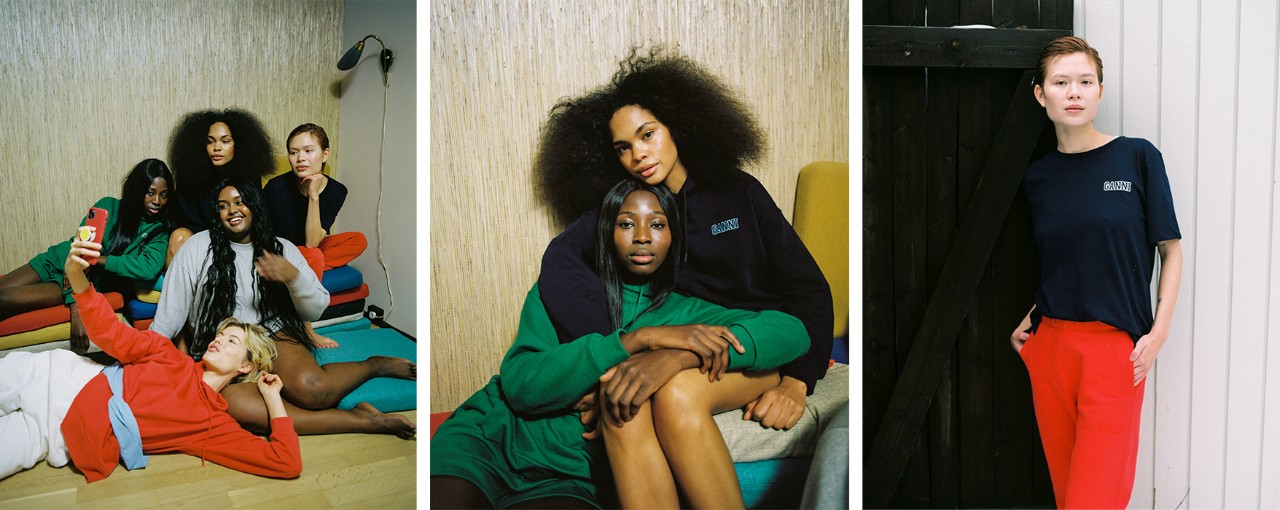
Fashion is a trillion-dollar industry, employing an estimated 300 million people along the value chain. Given its scale, a sustainable fashion industry can be a significant contributor to achieving the Sustainable Development Goals (SDGs). And yet the impact that the 100 billion items of clothing that are produced every year is having on people and the planet is significant: unfair or even unsafe working conditions, land degradation, deforestation, and more; UNDP works across a range of areas to address many such challenges.
ILO: Asia-Pacific garment industry suffers as COVID-19 impact ripples through supply chain
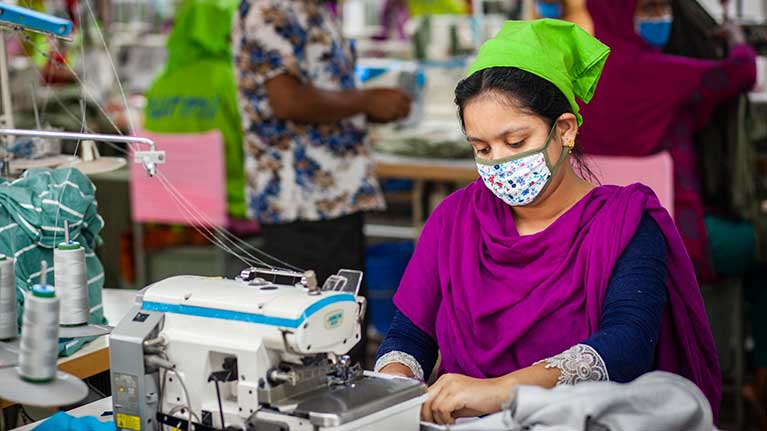
BANGKOK (ILO News) – The COVID-19 crisis has hit the garment sector in the Asia-Pacific region hard, with plummeting retail sales in key export markets affecting workers and enterprises throughout supply chains, according to new research from the International Labour Organization (ILO).
The supply chain ripple effect: How COVID-19 is affecting garment workers and factories in Asia and the Pacific , assesses the impact of the COVID-19 crisis on supply chains, factories and workers in 10 major garment-producing countries in the region: Bangladesh, Cambodia, China, India, Indonesia, Myanmar, Pakistan, Philippines, Sri Lanka and Viet Nam.
The research highlights that major buying countries’ imports from garment-exporting countries in Asia dropped by up to 70 per cent in the first half of 2020, due to collapsing consumer demand, government lockdown measures, and disruptions to raw material imports necessary for garment production.
Eco-Age: GCFA, Italia 2020: How North Star Award Winners The UN Are Driving Sustainability in the Fashion Industry
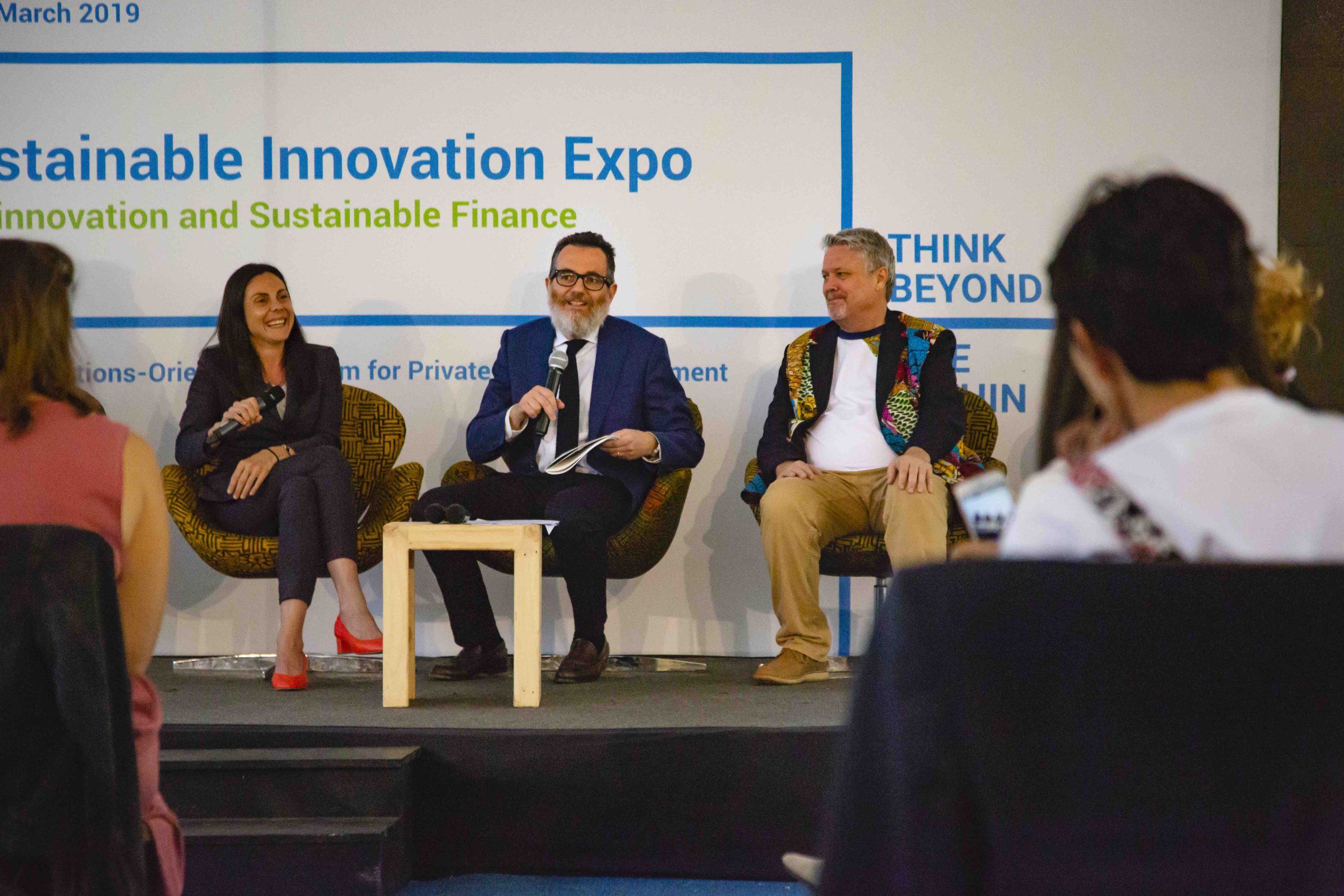
“The Sustainable Development Goals, which have been called one of the most impactful initiatives of our times, should not only be a vision for every business,” expressed actress and human rights activist Nomzamo Mbatha on presenting the award, “but we believe that they can’t be achieved without meaningful partnerships with the global business community… for which fashion plays a pivotal role.”
While the fashion supply chain has been found to breach even the most basic human rights on multiple occasions, it could instead provide a powerful opportunity for sustainable development if it were just engineered to empower and innovate, rather than exploit. Based on this principal, the UN Alliance for Sustainable Fashion unites ten UN agencies working across different areas of the industry in order to share information and drive positive change.
OPINION: Let’s make sustainability a fashion statement – by Michelle Yeoh
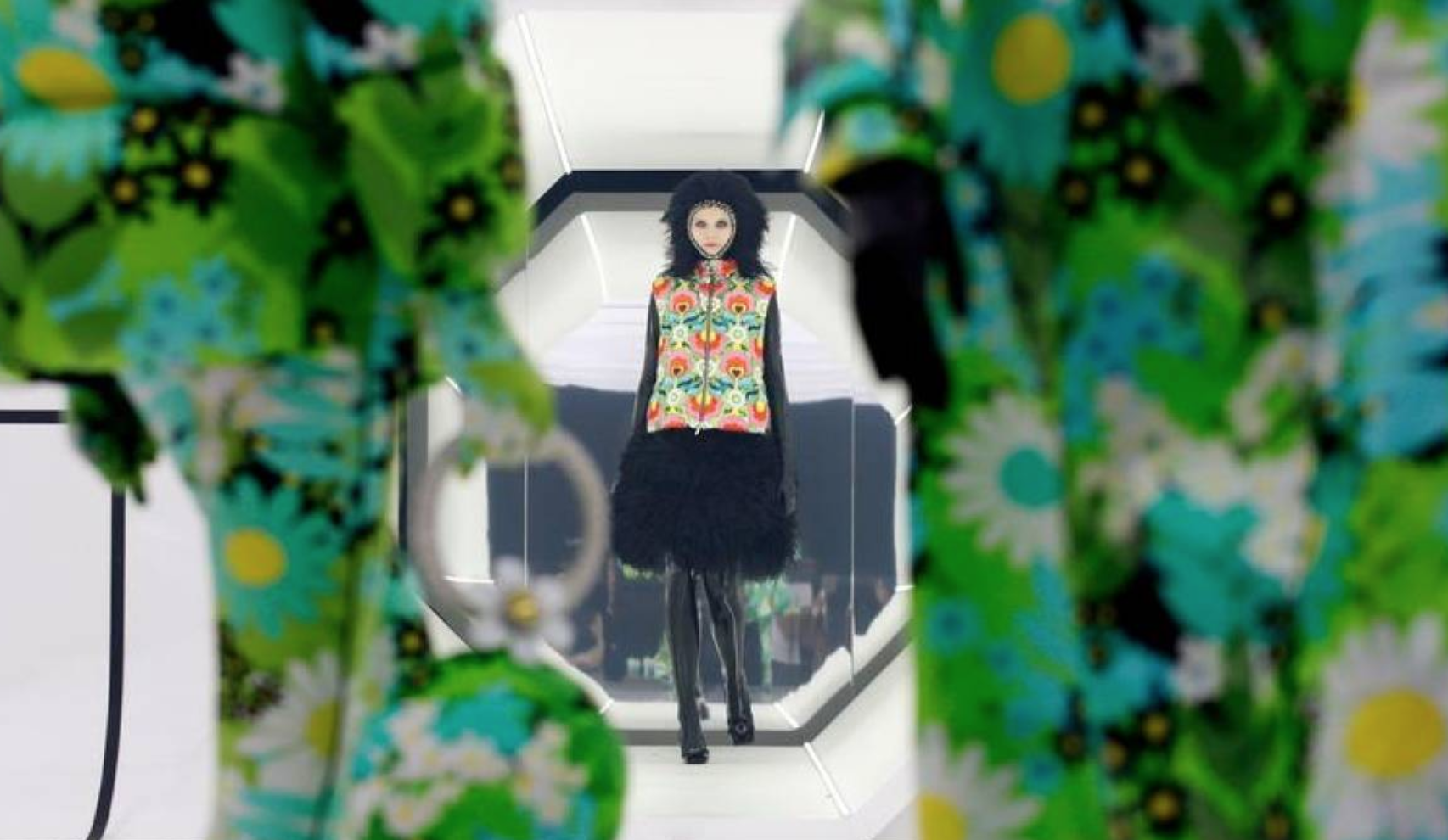
In Timor-Leste, where conflict disrupted a long tradition of weaving, UNDP is helping communities to both preserve this important piece of cultural heritage, as well as to build business skills towards economic empowerment. Related to jewelry, in Indonesia through the GEF GOLD Program, UNDP is helping to reduce the use of mercury, which is harmful to ecosystems and human health, in the artisanal scale gold mining (ASGM) sector.
There is much more, including through other UN agencies. The UN Alliance for Sustainable Fashion was established to support coordination between UN bodies, promoting projects and policies that ensure that the fashion value chain contributes to the achievement of the SDGs.
VOGUE Business – The UN set 17 sustainability goals. It needs fashion’s help meeting them.
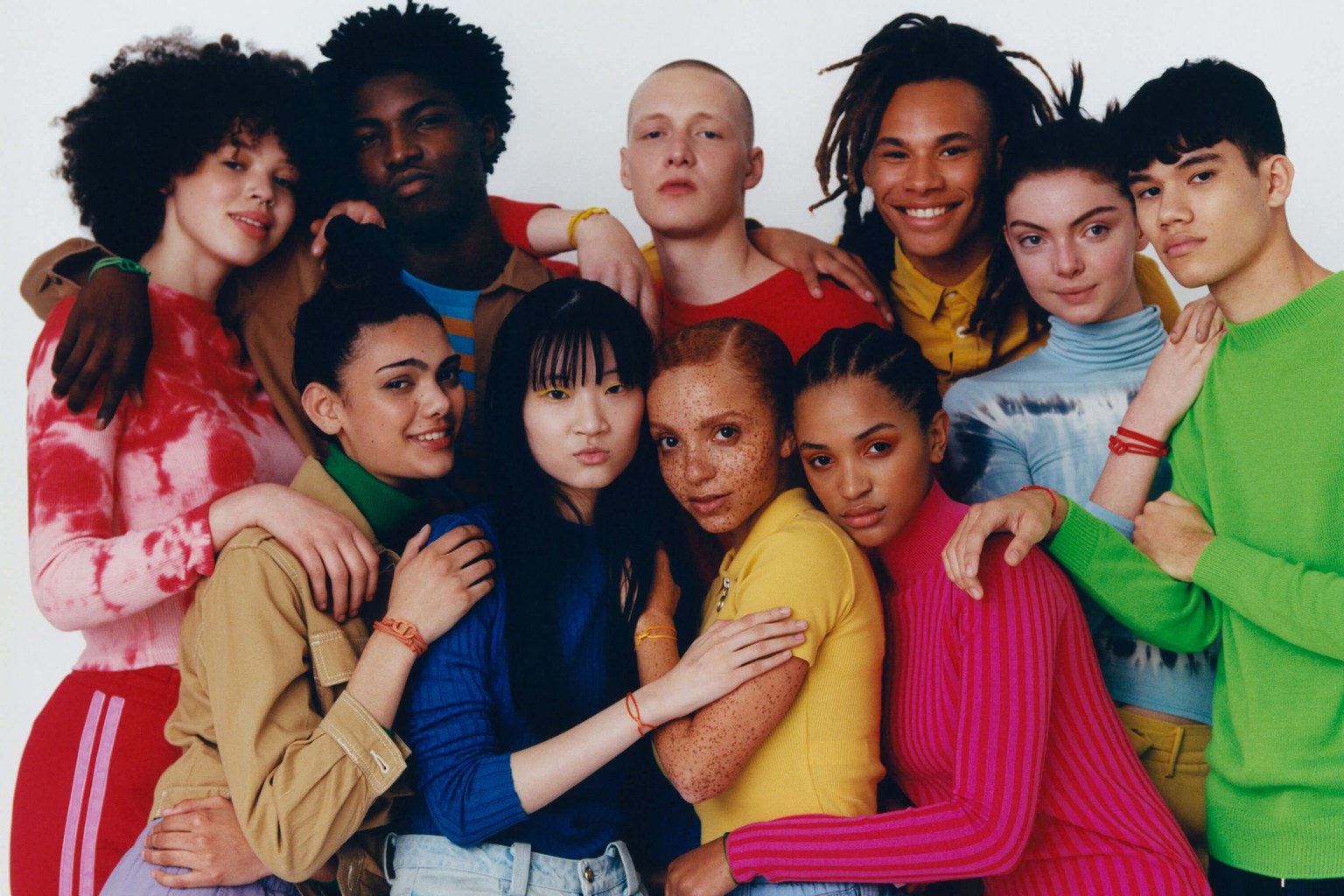
The Global Goals are also prompting companies to form partnerships to work collaboratively on an issue. The UN launched its Alliance for Sustainable Fashion last year to promote and coordinate such efforts from within the UN. The UN Office for Partnerships is trying to work with other organisations and sectors of the industry to increase these efforts, recognising that they won’t necessarily happen on their own.
Meet UN Alliance for Sustainable Fashion at Texworld USA / Apparel Sourcing USA!

The United Nations Alliance for Sustainable Fashion is an initiative of United Nations agencies and allied organizations designed to contribute to the Sustainable Development Goals through coordinated action in the fashion sector. Specifically, the Alliance works to support coordination between UN bodies working in fashion and promoting projects and policies that ensure that the fashion value chain contributes to the achievement of the Sustainable Development Goals’ targets.
Sustainable Fashion: UNDP wants you to wear properly to reduce Global Warming
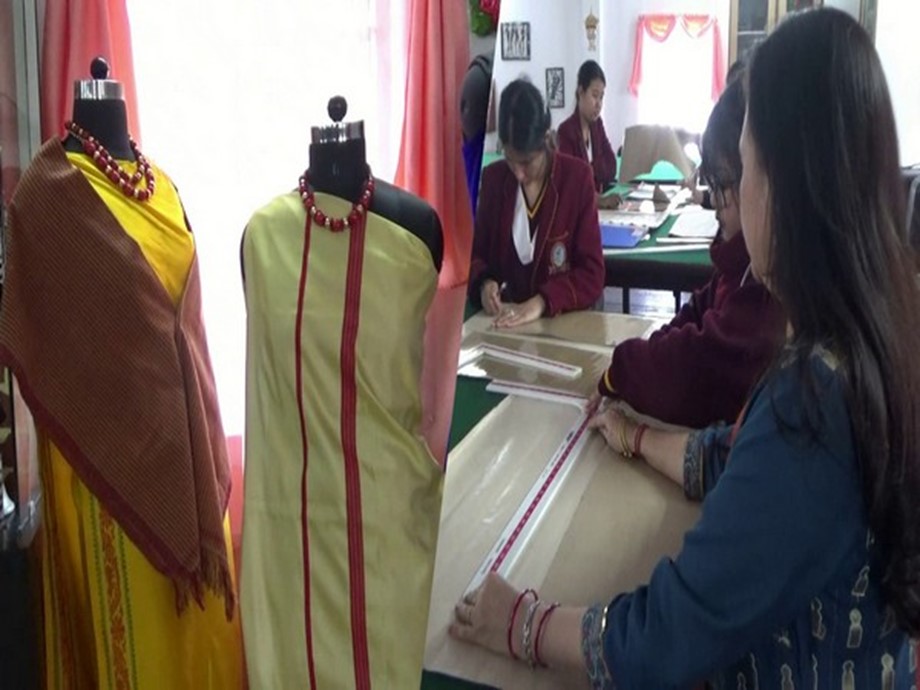
Gone are the days when global leaders were advocating ‘Wear What You Want! and Eat What You Like!’. As the concerns of global warming and climate change are now a reality, the international organizations have launched campaigns to reduce emissions wherever it is possible and achieve the target of peaking global warming at 1.5 degree Celsius by 2030. In this series, the United National Development Program (UNDP) is advocating for sustainable fashion to make the people aware about the emission created by the garment industry and the ways to minimize the emissions.
VOGUE IT – Moda e inquinamento, il problema delle tinture
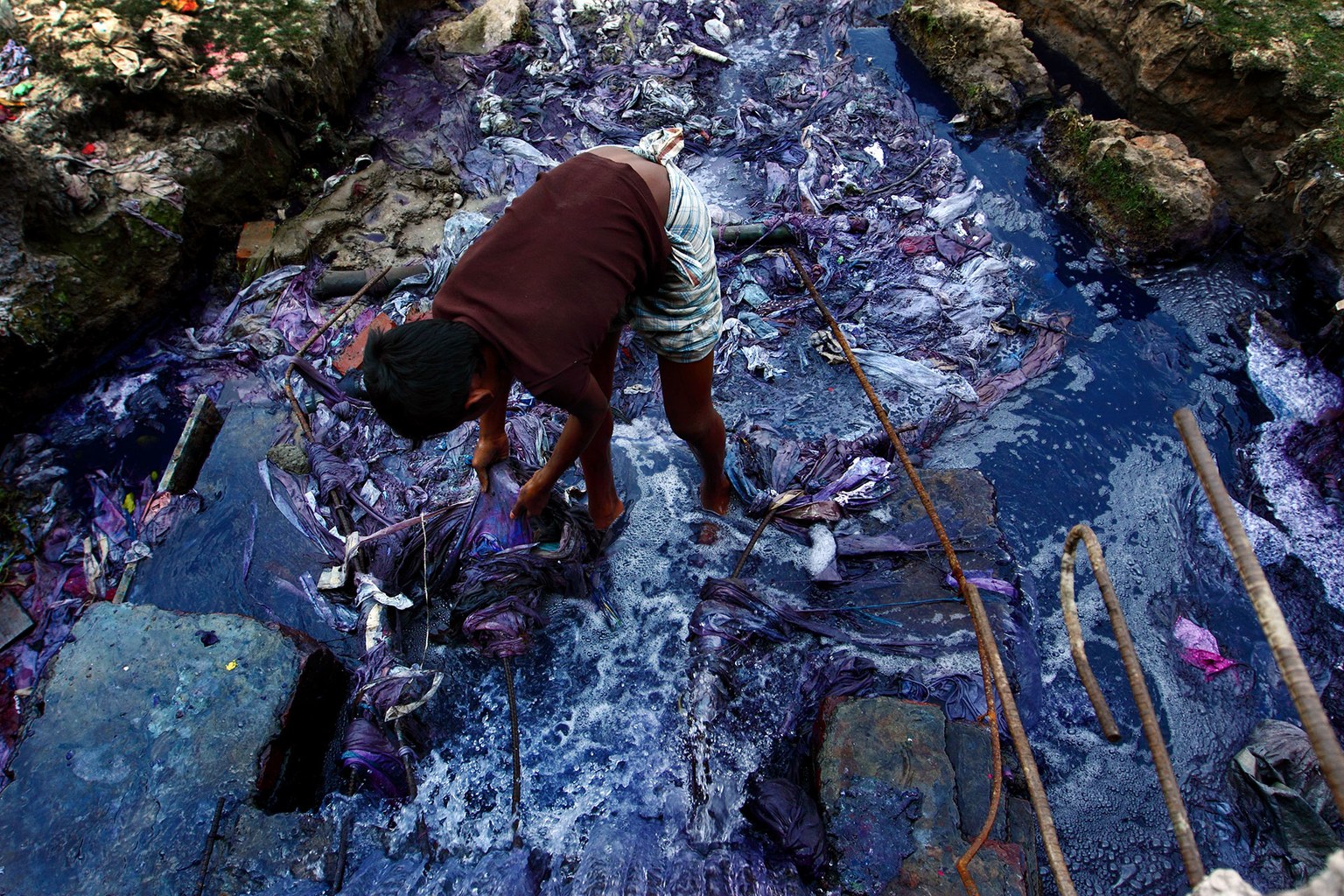
A contrasto, bi-colore, in coordinato, color block… Indossare il colore è fondamentale per esprimere se stessi. Ma considerato che le tecniche di tintura utilizzate attualmente sono uno dei fattori che contribuiscono in maniera significativa alla crisi climatica, il nostro amore per il colore rischia di far diventare il mondo un luogo sempre più triste se non prendiamo provvedimenti in fretta. «Occorre cambiare il settore [moda/tessile] in maniera globale», afferma Michael Stanley-Jones, co-segretario dell’Alleanza delle Nazioni Unite sulla Moda Sostenibile. Stanley-Jones è uno degli otto esperti che condivide le proprie considerazioni con Vogue illustrando cosa si stia facendo per risolvere il problema delle tinture. Ecco di seguito cinque problematiche fondamentali con le relative potenziali soluzioni.
teenVOGUE – What Zara’s Sustainability Efforts Could Mean for the Fashion Industry
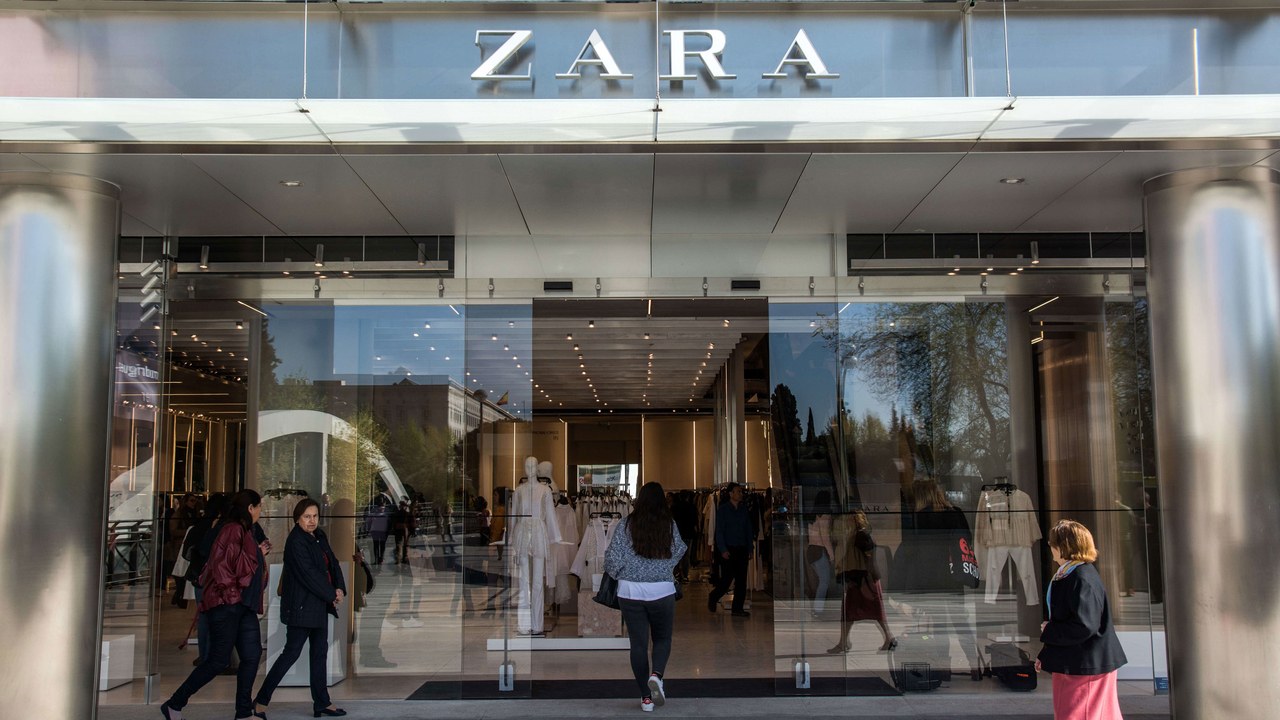
The pledge of using only sustainable fibers is one that is also potentially worth celebrating, but I haven’t yet seen in the press what that exactly means and what is counted as sustainable fiber,” Michael continues. “There are lots of debates around fiber and its carbon footprint and material demands. For example, for the better part of a quarter century, a lot of advocates for greening fashion have been promoting bio cotton [otherwise known as organic cotton]…but it’s also quite high in consumption of water. Water is very scarce, particularly in some of the countries that produce fabric cotton…so you really have to step back and look at it holistically.” Zara’s latest Edited collection includes recycled cotton and ecologically grown cotton, defined as being “grown using practices that help us protect biodiversity, such as crop rotation or the use of natural fertilizers.”
